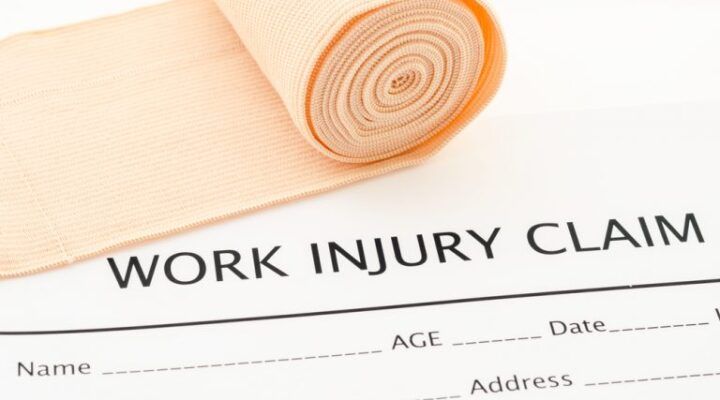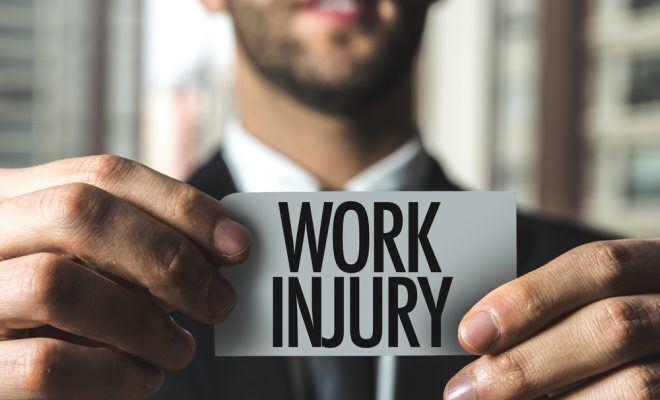Per the Dailymail.com, in California, two Firefighters sustained minor to moderate burns while putting out a wildfire. The two were hospitalized as a result.
This series of facts raise important workers’ compensation law issue. This fact pattern will address this matter within California Law.
Do the Parts of the Body Injured Matter?
Yes. In California, parts of the body do matter. For a variety of reasons, there are special benefits or rights that are afforded with respect to certain body parts. In the matter presented, the injuries were burns. As a result, a special provision of Labor Code Section 4656 may apply. This provision would potentially allow the Firefighters to obtain extended Total Temporary Disability Benefits.
Per the Labor Code Section 4656, “(3) Notwithstanding paragraphs (1) and (2), for an employee who suffers from the following injuries or conditions, aggregate disability payments for a single injury occurring on or after April 19, 2004, causing temporary disability shall not extend for more than 240 compensable weeks within a period of five years from the date of the injury:
(A) Acute and chronic hepatitis B.
(B) Acute and chronic hepatitis C.
(C) Amputations.
(D) Severe burns.
(E) Human immunodeficiency virus (HIV).
(F) High-velocity eye injuries.
(G) Chemical burns to the eyes.
(H) Pulmonary fibrosis.
(I) Chronic lung disease.
(d) Notwithstanding subdivisions (a), (b), and (c), for an employee who suffers from an injury or condition defined in Section 3212.1, aggregate disability payments for a single injury occurring on or after January 1, 2023, causing temporary disability shall not extend for more than 240 compensable weeks.”
In essence, a “severe” burn injury would allow a Firefighter in this instance, total temporary disability benefits of up to 240 weeks within a period from five years from the date of injury. This is far better than the usual 104 weeks allowed regular injury claims.
In this matter, however, a determination must be made as to what is a “severe” burn. This is something that is arguably both a legal and medical determination. In this instance, would a moderate burn be considered as severe? Hypothetically, could a less than moderate burn be considered severe if it covered 80 percent of an individual’s body? These are questions that would be initially opined by medical professionals. After that, a Trier of Fact, a Workers’ Compensation Judge would render an opinion on the matter.




